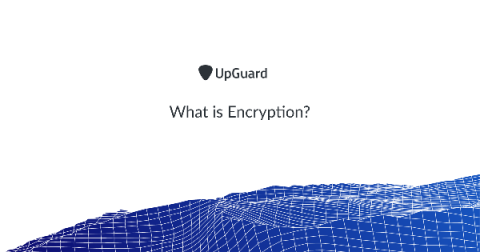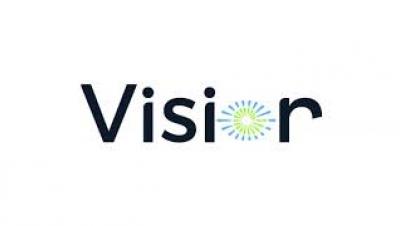How to Apply the Risk Management Framework (RMF)
The Risk Management Framework (RMF) is most commonly associated with the NIST SP 800-37 guide for “Applying the Risk Management Framework to Federal Information Systems: A Security Life Cycle Approach,” which has been available for FISMA compliance since 2004. This was the result of a Joint Task Force Transformation Initiative Interagency Working Group; it’s something that every agency of the U.S. government must now abide by and integrate into their processes.








